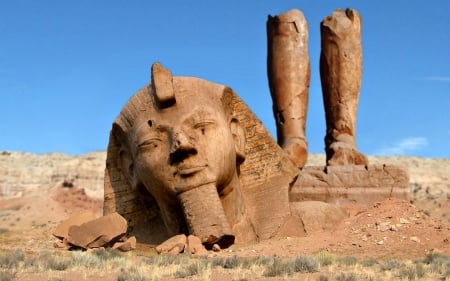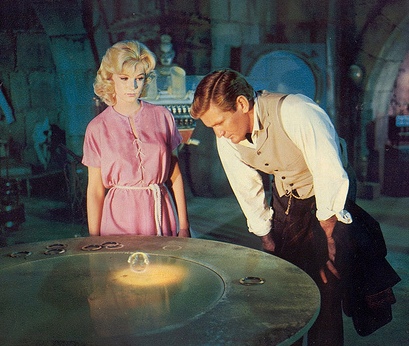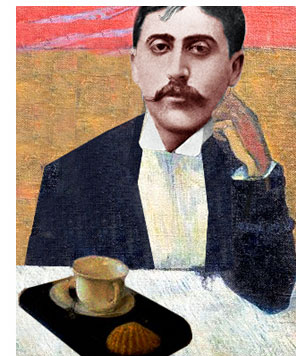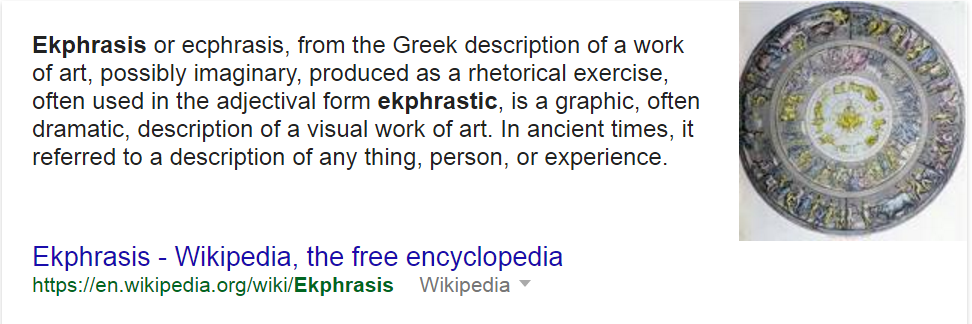
Today Eileen and I are going to Grand Rapids to bring in her Mini for a recall. The dealer has been vague about how long they will need the vehicle. We are due there at 9:30 AM. Our plan is to ask how quickly they can figure out how long they will need the car. Then leave them our phone number and go to see the new Trader Joe’s in Grand Rapids which is not too far from them. Then presumably we will head home and pick the car up later if it’s not ready by then.
So I’m blogging a bit earlier than usual.

I mentioned at the end of the blog post yesterday that I might write about the paradoxical fragility of papyrus verses the durability of marble. Worrying about historical legacy and canonical preservation has always seemed uninteresting to me, both personally and in the case of larger issues like great music and art. But I find the idea that ideas can be less ephemeral than objects interesting.

I recall an old science fiction story that put forth the proposition that the only way to convey information over time and ensure it’s transmission was to create a religion and ritual around it.

This sounds like it might have been a Heinlein novel, but it might have been Asimov. All else crumbles away and is forgotten.

When the people in H G Wells future (in the movie) discover the little talking rings that have somehow preserved knowledge from the dead civilizations of the past (the character’s past but our far future), I remember thinking about the idea of how one might preserve ideas.
This relates to a story in the current New Yorker which is thankfully online.
The Polish Rider – The New Yorker
First let me say that I recommend this story. I confess that I have only listened to the author read it (the audio is available at the link). Also, if I might add an aside to two important members of my sometimes readers (ATTENTION Sarah and Elizabeth), I would love to know if you two notice this post and take a look or listen to this story.

The reason is that it deals at one level with the inter-relation of the arts. You two are artists of words and images. The unnamed narrator of this story examines in asides the relationship of words to images.

The narrator wonders whether when a writer uses words to describe visual art (as the writer does throughout this story), isn’t she/he actually co-opting the visual art (concrete… the durable piece of marble mentioned above) and asserting the superiority of literature (fragile papyrus).
these stories are really opportunities for the authors to assert the superiority of their own art, of literature, over painting. James’s or Balzac’s words can describe paintings the crazy artists can’t actually paint, or intuit canvases that were as of yet unpainted, unpaintable. And isn’t it really true of all ekphrastic literature, fiction and poetry, that even when it claims to be describing or praising a work of visual art it is in fact asserting its own superiority?
Ben Lerner, “The Polish Rider”
I think it’s a bit of a false dilemma, pitting one art against another, but it interests me because of the speeding up of vehicles of transmission of words and sounds via constantly renewing technologies.
Earlier in the story, Lerner writes:
” maybe the comparative unreality of writing is precisely its advantage, how it can be abstracted from any particular material locus. Isn’t that what Shakespeare says in Sonnet 55? Not marble nor the gilded monuments are going to endure, but these rhymes—powerful in part because they are so easy to reproduce, transmit—are indestructible. No pigeons are going to shit on them, or, rather, when the pigeons do shit on a particular copy it doesn’t matter; nobody is going to leave the only Sonnet 55 in a car.”
“These rhymes … are indestructible.” Wow. I immediately read over Sonnet 55 (Lerner appropriates this number for an address his story, one of many funny little cross references mixed in with current references adding to the self-conscious ephemerality of his ideas and his story).

Shakespeare Sonnet 55 – Not marble, nor the gilded monuments
“The Polish Rider” ends with a description of music. It’s obvious that musical descriptions fall under the rubric of being inferior to literature, but music is also present in the moment an experience not really quite able to be preserved in recordings. In the penultimate sentence of the piece, Lerner jogs the reader into musing after finishing the story, at least this reader. “The living record of memory….”
I have to quickly add that Proust uses music as a motif in his complex and beautiful work, “Remembrance of Things Past.” And yes it does evoke associations that echo his famous tea and madeleines.

Fraud Charges Against Jail Officers’ Union Chief With a Taste for Luxury – The New York Times
What a story! Good reporting about corruption.
Depoliticizing Anti-Trump Protests Plays Into Right-Wing Narrative | FAIR
Some clear comments about the obfuscation surrounding the violence of Anti-Trump demonstrators. I abhor violence, but it is intellectually dishonest not to see these actions as an extreme comment on Trumpism and instead (as noted in the article) as an attack on American free speech or something.
The Verve vs. The Rolling Stones (1997) – Songs on Trial: 10 Landmark Music Copyright Cases | Rolling Stone
Handy little list of cases that have all kinds of implications for artistic freedom and copyright. I recognized some but not all of them.
Google developing kill switch for AI – BBC News
PEOPLE GET READY
New elements on the periodic table are named – CNN.com
Even though it’s a trial period for these names and none of the new elements are found in nature, I still think this is very very cool.
Viewpoint: Don’t let misinformation, rants against socialism undermine your decency | MLive.com
I admit that instead of flaming people I disagree with on Facebooger, i sometimes simply shop around and find a clearer exposition of ideas. That’s how I came on this link. This one was in response to a rabid meme against socialists.
